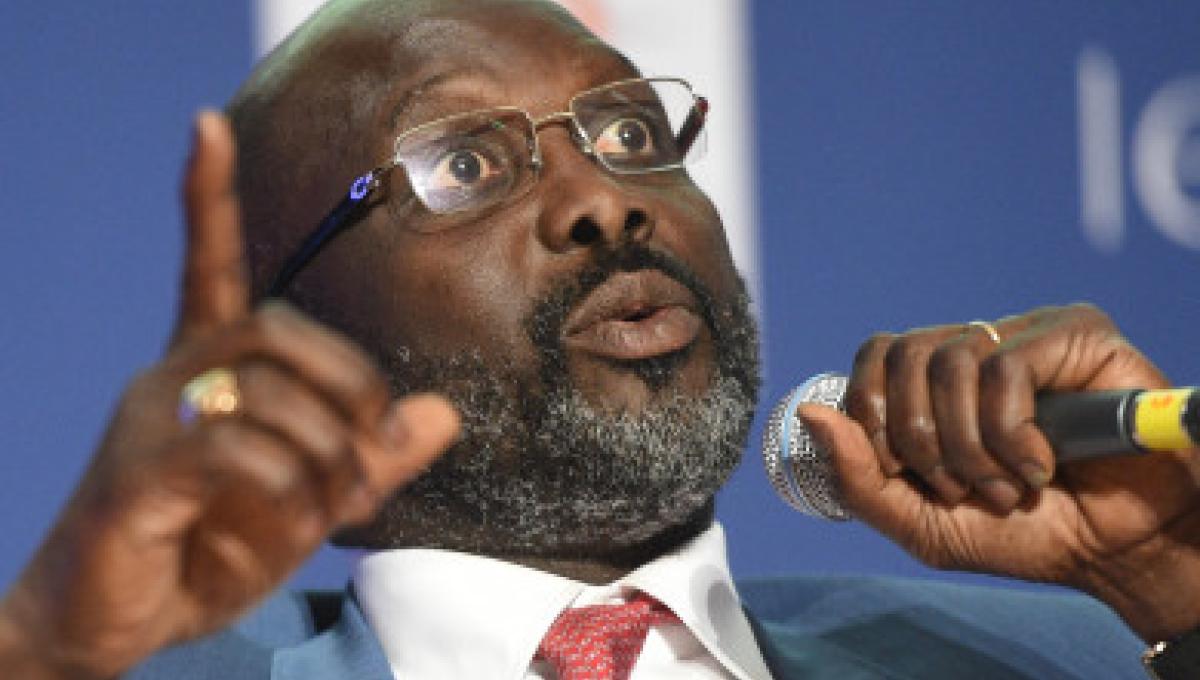Ghana’s association with gold dates back well beyond Ellis and Biney. Ghana is the land of the fabled Ashanti kings, whose incredible gold jewellery attracted the notice of Portuguese explorers to the region in the 16th century.
Such is the enduring significance of gold to the social, political and economic fabric of the country, the founding fathers of independent Ghana incorporated gold into the country’s new flag.
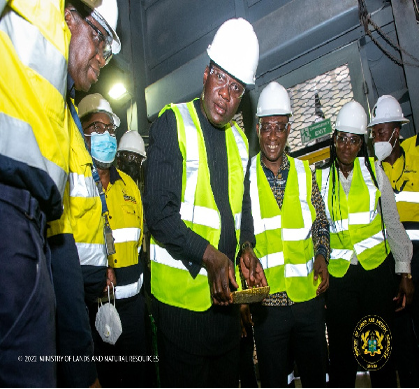 “Ghana by far is the most developed mining country in West Africa and we have some of the most talented and experienced workers on the continent,” said Alhaji Abudulai (president of Ghana Chamber of Commerce and CEO of consultancy CME Ghana). Today, the country remains gold focused and consistently ranks as Africa’s second-largest producer.
“Ghana by far is the most developed mining country in West Africa and we have some of the most talented and experienced workers on the continent,” said Alhaji Abudulai (president of Ghana Chamber of Commerce and CEO of consultancy CME Ghana). Today, the country remains gold focused and consistently ranks as Africa’s second-largest producer.
Ghana’s gold scene today after decades under state control, Ashanti Goldfields, which owned the Obuasi mine, merged with AngloGold to form AngloGold Ashanti. While AngloGold Ashanti is perhaps the company most readily associated with Ghana.
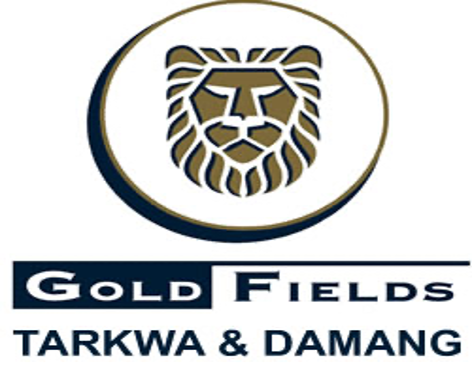 It has been pushed into the number two spot by fellow South African company Gold Fields. Gold Fields produced 870,000 oz (against AngloGold Ashanti’s 570,000 oz) in 2009 and Obuasi has now been overtaken by Gold Fields’ open–pit, high–volume, low-grade Tarkwa concession which is now the largest mine in Ghana. (Gold Fields is primarily involved in underground and surface gold mining and related activities including extraction, processing, and smelting. They also have an interest in a platinum group metal exploration project).
It has been pushed into the number two spot by fellow South African company Gold Fields. Gold Fields produced 870,000 oz (against AngloGold Ashanti’s 570,000 oz) in 2009 and Obuasi has now been overtaken by Gold Fields’ open–pit, high–volume, low-grade Tarkwa concession which is now the largest mine in Ghana. (Gold Fields is primarily involved in underground and surface gold mining and related activities including extraction, processing, and smelting. They also have an interest in a platinum group metal exploration project).
The significance of mining to Ghana cannot be underestimated. Dr Toni Aubynn, head of corporate affairs and social development at Gold Fields Ghana, estimates more than 40% of Ghana’s export earnings are attributable to the sector.
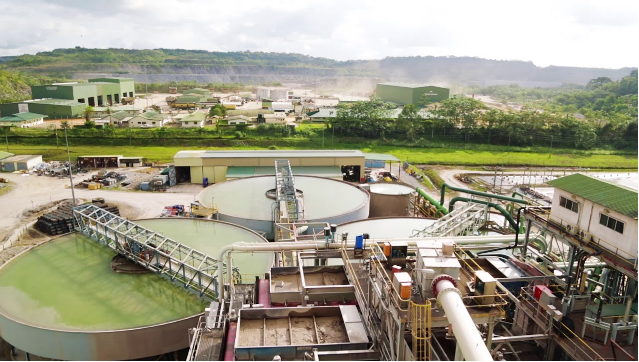 Noting Ghana’s vulnerability to commodity price fluctuations, African Center for Economic Transformation (ACET) director of policy advisory services Ed Brown says “To build resilience to external shocks, the country has to transform its economic structure by shifting from the ‘revenue first’ approach to the mining sector to deepening local content and value addition.” It is for this reason that the government has decided to initiate programs to make the country the one to be reckoned with in the mining industry on the continent.
Noting Ghana’s vulnerability to commodity price fluctuations, African Center for Economic Transformation (ACET) director of policy advisory services Ed Brown says “To build resilience to external shocks, the country has to transform its economic structure by shifting from the ‘revenue first’ approach to the mining sector to deepening local content and value addition.” It is for this reason that the government has decided to initiate programs to make the country the one to be reckoned with in the mining industry on the continent.
The government is hence collaborating with the country’s mining sector and other domestic businesses to set up a national programme to support the development of a world-class and competitive supply chain. The main idea behind such a partnership is to use the mining sector as a launching pad to stimulate economic linkages, so that Ghana can become a supply hub for large mining industries operating locally and beyond its frontiers.
As an emerging mining hub, the African Minerals Development has provided support in providing a complete diagnosis of the mining industry and the potential for upstream linkages for the local industry. Again the African Center for Transformation (ACET) as the leading think tank for structural transformation of the continent’s economies, has also been leveraging its multi-country work on local content and value addition in minerals.
THE WHY
 Ghana has a market which is growing. The annual industry procurement spending upstream of the value chain averages $ 1.2 billion out of a total of $ 2.6 billion in West Africa. Ghana has relatively better infrastructure than its neighbours in West Africa. The trade policies are business-friendly and all international bilateral and multilateral protocols on trade and foreign investments were well protected.
Ghana has a market which is growing. The annual industry procurement spending upstream of the value chain averages $ 1.2 billion out of a total of $ 2.6 billion in West Africa. Ghana has relatively better infrastructure than its neighbours in West Africa. The trade policies are business-friendly and all international bilateral and multilateral protocols on trade and foreign investments were well protected.
“With this, companies establishing manufacturing and production units in Ghana will achieve market stabilization fairly quickly through consistent orders and use Ghana as a regional hub to grow organically into the larger West Africa mining procurement markets,” says Kojo Busia (African Minerals Development Centre coordinator).
Busia stated that to support Ghana’s broader industrial agenda and leverage the mineral sectors strength to depart from the traditional raw material exports to create a more value-added mineral sector, the government of Ghana has set up a comprehensive National Suppliers Development Program (NSDP), whose long term strategy and objectives are to scale upstream value chain of the mining industry through the development of local addition.
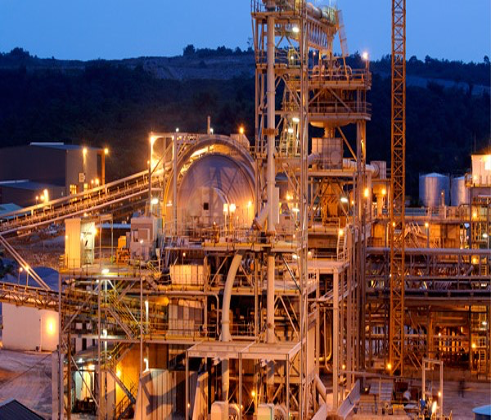 The elements of the strategy included the formation of industry-based value chain linkages and business clusters, technology and innovation centres, and partnerships with institutions in research and development, enterprise development and financial and capital markets.
The elements of the strategy included the formation of industry-based value chain linkages and business clusters, technology and innovation centres, and partnerships with institutions in research and development, enterprise development and financial and capital markets.
Through the NSDP, the mining industry could anchor Ghana’s long-term industrialisation agenda as skills, technology and capabilities developed over time and it developed efficient and effective linkages with the wider sectors of the economy to fuel the national industrialisation agenda.
Busia said “the NSDP will play a major role in the integrated bauxite and aluminum industry project that is soon to take off in Ghana.”
The programme has developed a strategy central to which will be the creation of the Mining Business Support Center (MBSC) a primary industry-led and funded independent Organisation. The MBSC will help local firms understand the performance expectations of the mining companies and build their confidence and capacity to access the opportunities available in the industry.
Despite all these strategies, illegal Gold mining operations are criticized heavily throughout Ghana due to their detrimental environmental effects, which many believe outweigh any possible economic and cultural justifications.
The general public, the media and academia have raised serious concerns about the negative effects of ‘galamsey’ operations and have called for its abolishment and restoration of the many abandoned mining sites and spoils.
However, to successfully restore an abandoned mine operation, it is crucial to have information on its location, scale and scope, abundance, and operational attributes. As rightly indicated by Resende et al (2000), the absence of detailed environmental information, or effective environmental characterization exercises, remains a major factor limiting the effectiveness of solutions needed for curtailing illegal mining.
THE PETROLEUM HUB
Ghana is constructing a $60 Billion Petroleum Hub mega project in the Western part of the country, announcing the project in 2018, before passing the Ghana Petroleum Hub Development Corporation Bill established in October 2020. The mega project aims to function as a hub for the downstream industry in West Africa. Aiming to become a world-class exporter.
The petroleum Hub will be located in Bonyere, with plans to hold and redistribute 30 million metric tonnes of oil per year. The hub will house four refineries with a total capacity of 600,000 barrels per stream day(bpsd), aiming to cover 50% of the West African consumption of petroleum products, now that Sub-Saharan oil and gas consumption is increasing.
The hub will be built in three phases over a 13- year period, starting in 2018 and to be completed by 2030. Some of the available projects for international investors include four refineries with an individual capacity of 150,000 barrels per day, two oil jetties, several storage facilities and two petrochemical plants.
The petroleum hub will require an investment of up to $ 60 million USD with the first part of the plan requiring $ 12 billion USD.
As mining provides an opportunity for deep integration of the host communities, it’s natural to take advantage of the mines and benefit optimally from them. And this can only be achieved by proper planning. The overall objective of the government in the mining sector, therefore is to build a sustainable, viable, indigenous and environmentally sound mining industry with strong local content participation that contributes to the sustainable development of the country.


